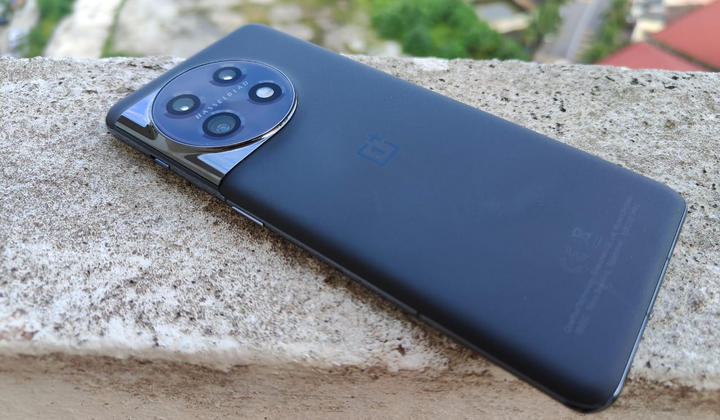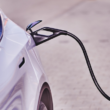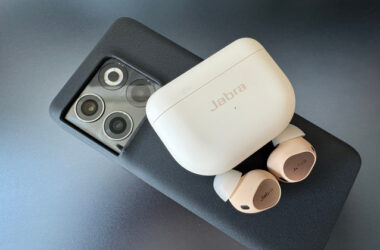I have been using the phone for almost a month now, and I feel I have enough hands-on time with it to give a proper review. But before we begin, here’s the spec recap.
The OnePlus 11 is packing a Snapdragon 8 Gen 2 chipset. It has a 10-bit 6.7-inch LTPO 3.0 QHD+ AMOLED Display with adaptative refresh rate up to 120hz and a huge 5,000mAh battery with support for 100W fast-charging.
The phone also comes with up to 16GB of LPDDR5X of RAM and up to 256GB of UFS 4.0 storage.
On the back, it has a 50 MP main camera, a 48 MP ultra wide-angle camera, and a 32 MP 2x telephoto camera. For selfies, there’s a 16MP camera.
What’s in the box?
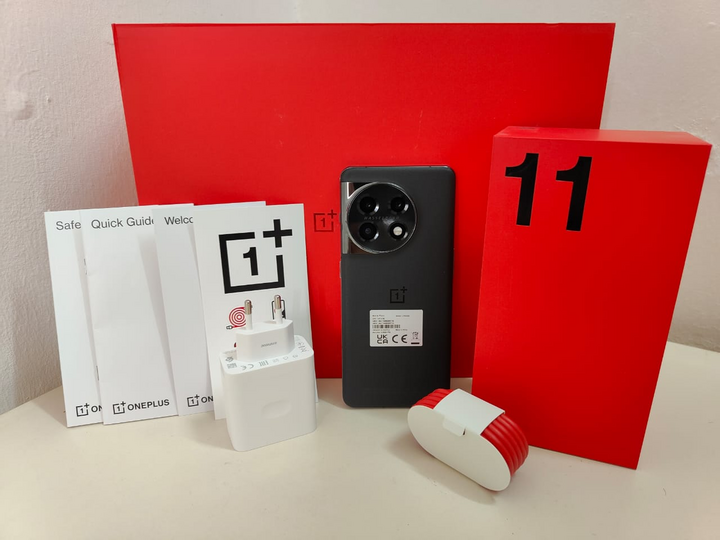
The phone came in a red rectangular box, with 11 written on it. In the box, you will find a 100W SUPERVOOC charger and a USB-A to USB-C cable. It’s nice to see that OnePlus is still giving us a charger, instead of asking us to buy one like other famous smartphone brands.
But there’s no protective case in the box. The omission is a bit strange considering other Chinese brands usually include one. But if you pre-order the phone, it comes with a Sandstone bumper case.
The Build Quality and Handling
The OnePlus 11 comes in two colours: Titan Black (which is the one I have right now) and Eternal Green. Although in mine is the 16GB+256GB version, in Malaysia, OnePlus is only selling Titan Black in 8GB+128GB configuration.
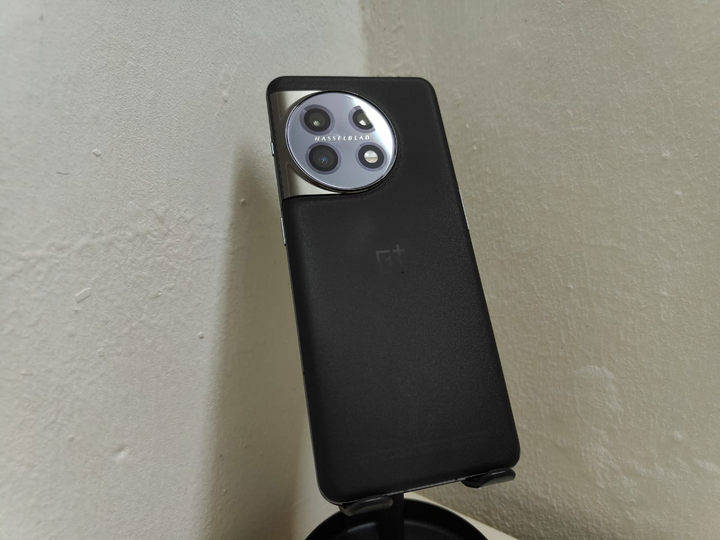
The phone boasts a metal frame and Gorilla Glass Victus protection for the front and Gorilla Glass 5 for the back. The back also has a textured, sandpaper-like finish for a secure grip. If you are using this phone without a case, you don’t have to worry about fingerprints. It feels weighty, substantial in the hand, and top-heavy, especially on the camera island portion.
The camera island has been redesigned from a square to a circular shape with the Hasselblad brand prominently displayed. I prefers the symmetry of the square camera island on older models. The camera island protrudes from the body, and I usually place my index finger right below the camera island to support the hefty phone.
The in-display fingerprint scanner works very well, it’s fast and it registers my thumb 9/10 times.
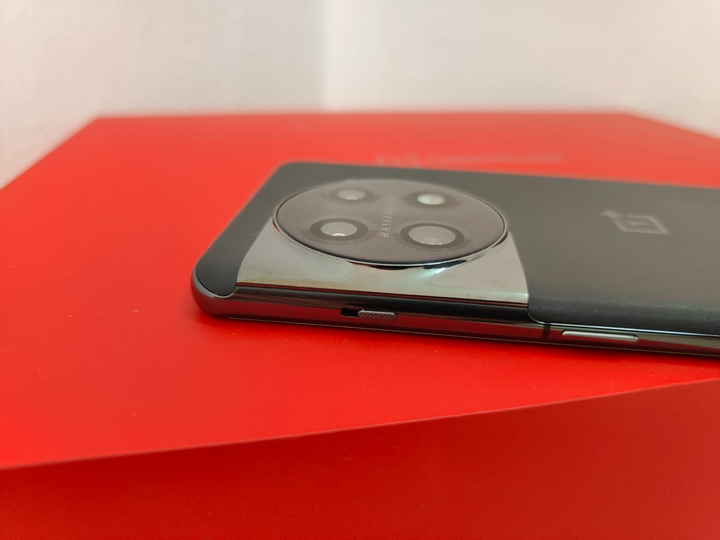
The alert slider, missing from the 10T, has returned but I haven’t found much use for it. The alert toggle feels nice to use and has a satisfying click. The haptic feedback of this phone is excellent and I have no qualms about it. You can even adjust the intensity of the vibration.
The phone has an IP64 rating, which mean it’s protected from dust ingress and water spray. So, don’t take the phone go swimming or shower.
The Display
The OnePlus 11 has a curved 10-bit 6.7-inch QHD+ 120Hz AMOLED display made by Samsung. The display also has LTPO 3.0 tech that can go from 1Hz when idle and up to 120Hz when using the phone. You can also choose FHD+ 60Hz refresh rate if you want to conserve as much battery as possible, but it would be a waste paying for a feature and not using it.
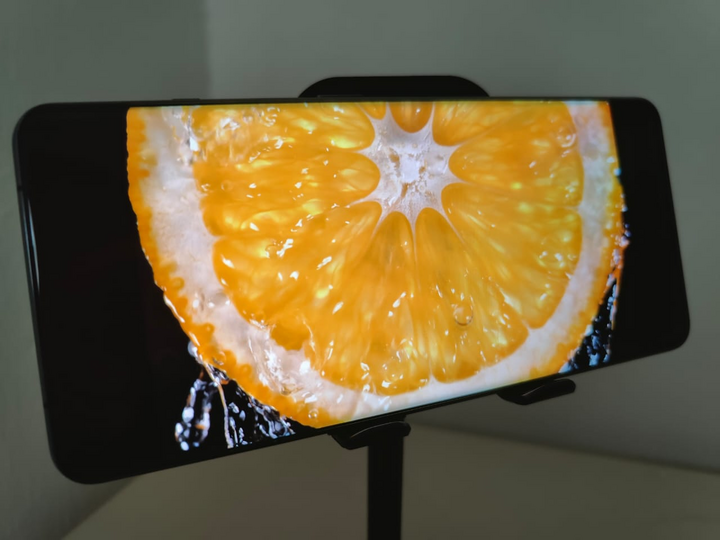
According to OnePlus, the screen can go up to 1,300-nits of brightness. Although I have no way of measuring the advertised nits, I can confidently say the screen can get really bright and I have no problem seeing the screen when I’m outdoors.
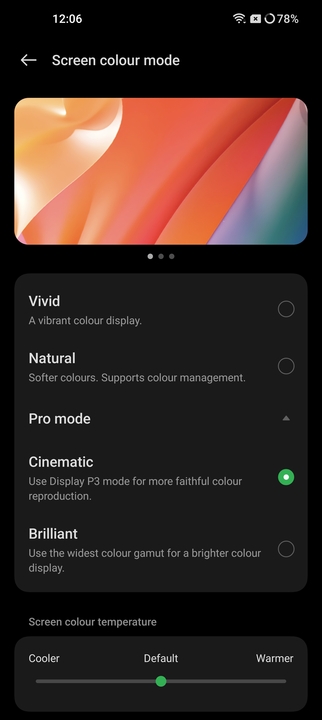
The colours and contrast are amazing, which is expected of Samsung AMOLED. There are a few colour modes you can choose, Vivid, Natural, Cinematic, and Brilliant. But if you prefer a more true-to-life colours, Natural or Cinematic is the best bet.
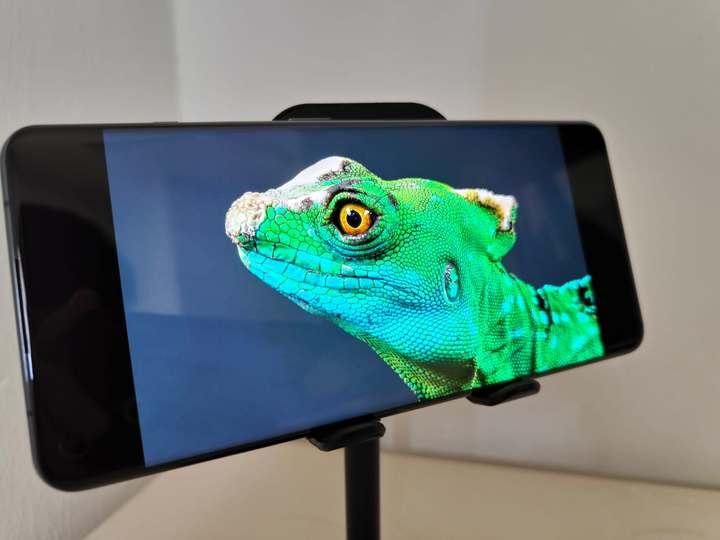
Even though it has a curved screen, I have no problem using it daily. Rarely does it detects my palm instead of my finger, but I still prefer a flat display because it’s much easier getting a screen protector. Speaking of that, the display comes with a screen protector, but it collects so much dust, I’d recommend removing it.
Unfortunately, despite being the latest and greatest from OnePlus, the phone is still using an E4 panel from Samsung while the other flagships released so far were using E6 panel, which is more energy efficient and brighter.
The Speakers
The OnePlus 11 features a standard pair of speakers, with one located at the bottom and another serving as both an earpiece and speaker. The speakers produce loud but clear sound and the sound quality remains clear even at high volumes and has some bass, which is more pronounced at high volumes.
The phone supports Dolby Atmos. You can choose specific profiles that are tailored to what you are doing or listening to.
Because the phone doesn’t have a true stereo speakers setup, the earpiece and speaker combo sounds quieter than the bottom one. Overall, definitely good for watching movies, YouTube or listening to podcasts.
The Charging Speed and Battery Performance
OnePlus claims the phone will charge the 5,000mAh battery from 0 – 100% in just 25 minutes using the bundled 100W SuperVOOC charger. Personally, when I charged the phone from 2 – 100%, it took around 25 minutes and 20 seconds. So, OnePlus claims is accurate. The phone doesn’t support wireless charging by the way. This is supposed to be the best of OnePlus, not offering wireless charging, which is a standard feature for flagships nowadays is a missed opportunity.
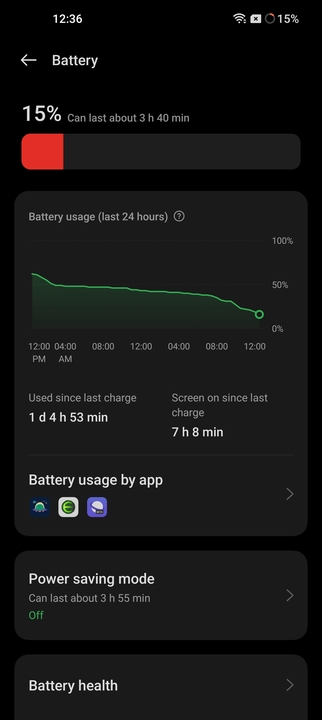
I have been using it daily for almost a month and I can say with ease that this phone regularly last me for an entire day. I’m regularly getting at least 7+ hours of screen-on time and more if I don’t play Call of Duty Mobile on it so much.
The standby time is good as well, when I woke up in the morning, the phone only lost a couple of percent of battery life. No doubt all these thanks to the new Snapdragon 8 Gen 2 chip.
The Software Experience
The OnePlus 11 is running OxygenOS 13 based on Android 13, but it’s actually a rebranded ColorOS from Oppo. I have no qualms about it, with SD 8 Gen 2, LPDDR5X RAM and UFS 4.0 storage, 99% of the time it runs buttery smooth. Remember to enable Developer options and change the animation speed to 0.5x for extra smoothness.
The phone came with very little to no bloatware. There are Google and OnePlus apps preinstalled, and Netflix is the only bloatware that came with it.
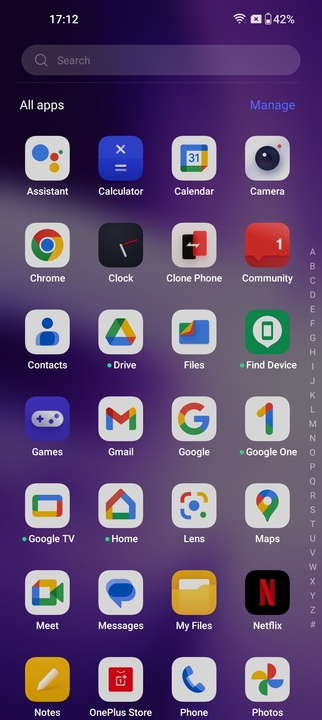
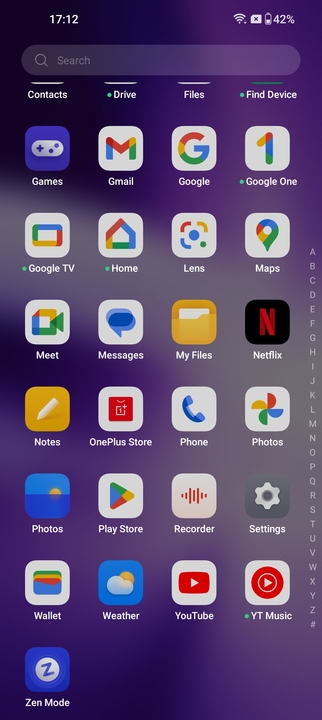
There’s one thing you can’t remove on the home screen, which is Google Discover. You get to it by swiping to the left on the home screen. I don’t use this and I wish there’s a way to remove it, but this is a minor complaint and have no impact on day-to-day usage.
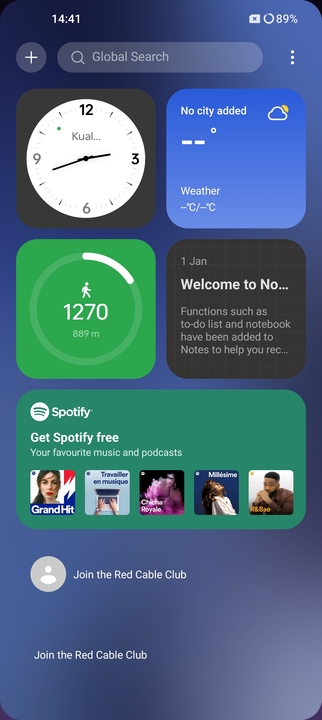
Another thing that I don’t really like is the ‘Shelf’ feature. Here you can check the weather, your daily steps, notes, storage and data used, and your app shortcuts. By default, when you swipe down on your home screen, the Shelf come down instead of the notification panel. However, this can be turned off and I immediately did so.
Other than that, I have discovered a bug as well. There’s a double-tap to wake or turn screen off option, but when I double tapped it to turn off the screen, it doesn’t work. But it works when I want to wake the screen. Maybe this is a software-related bug that hopefully will be fixed soon.
In addition, the phone has gaming tools that you can use to monitor frame rates, CPU and GPU usage, turn on performance mode, disable notifications while gaming, and etc. It also has something called HyperBoost Gaming Engine which supposedly actively stabilises frame rates by balancing performance and power consumption.
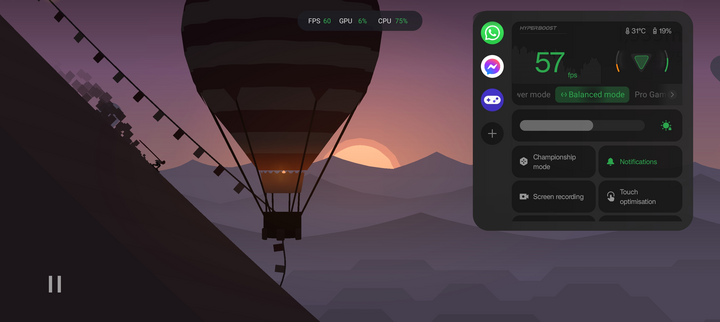
I tried playing games that supposedly run at 120fps like Sky Force Reloaded and Alto’s Odyssey, but the games were capped at 60fps on OnePlus 11. I also tried playing Call Of Duty Mobile and the highest it can go is just 90fps.
Genshin Impact runs very well with max settings, getting near locked 60fps most of the times. The phone doesn’t gets too warm and make it uncomfortable to hold even after a couple of hours of playing, thanks to the vapour chamber cooling system.
The display has an adaptive refresh rate tech, the lowest I have seen is 10Hz when the screen is idle and it immediately shoots up to 120Hz when I’m using it. There are few apps such as the Weather, Gallery, and Camera run at 60Hz only.
OnePlus promised to provide users with four major OS updates and five years security updates with this phone. So, you don’t have to worry about the phone being outdated a couple of years down the road.
The Camera
To my eyes, the camera on OnePlus 11 is good, nothing out of this world, but it can take very nice photos. The colours will be more vivid than they actually are, but only slightly. The balance between clarity and sharpening effects is great, and the dynamic range is excellent.
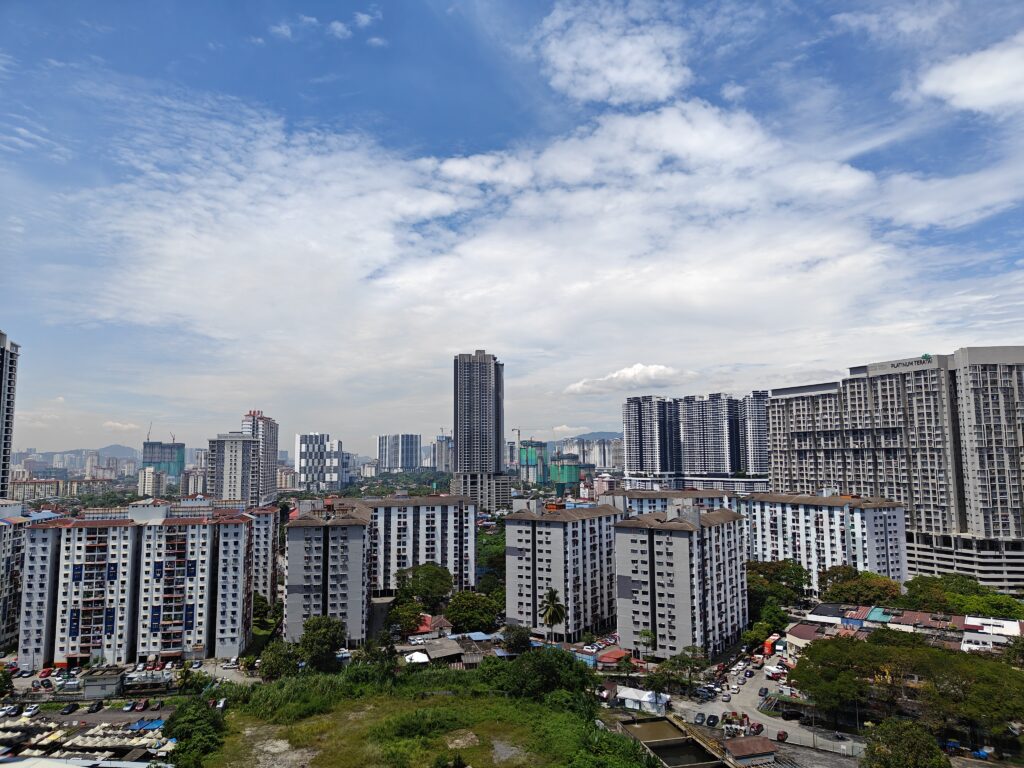
Also, it’s unnecessary to specifically choose the night mode for night shots because, in the majority of situations, photos taken in auto mode and night mode are identical. Even after carefully examining the images, turning on the AI toggle in the viewfinder had no appreciable impact on the photos.
Night shots taken by the main camera produces great looking photos with good dynamic range and exposure, details were captured nicely, and low noise.

The macro images have excellent detail and colour reproduction generally, and they continuously performed well.

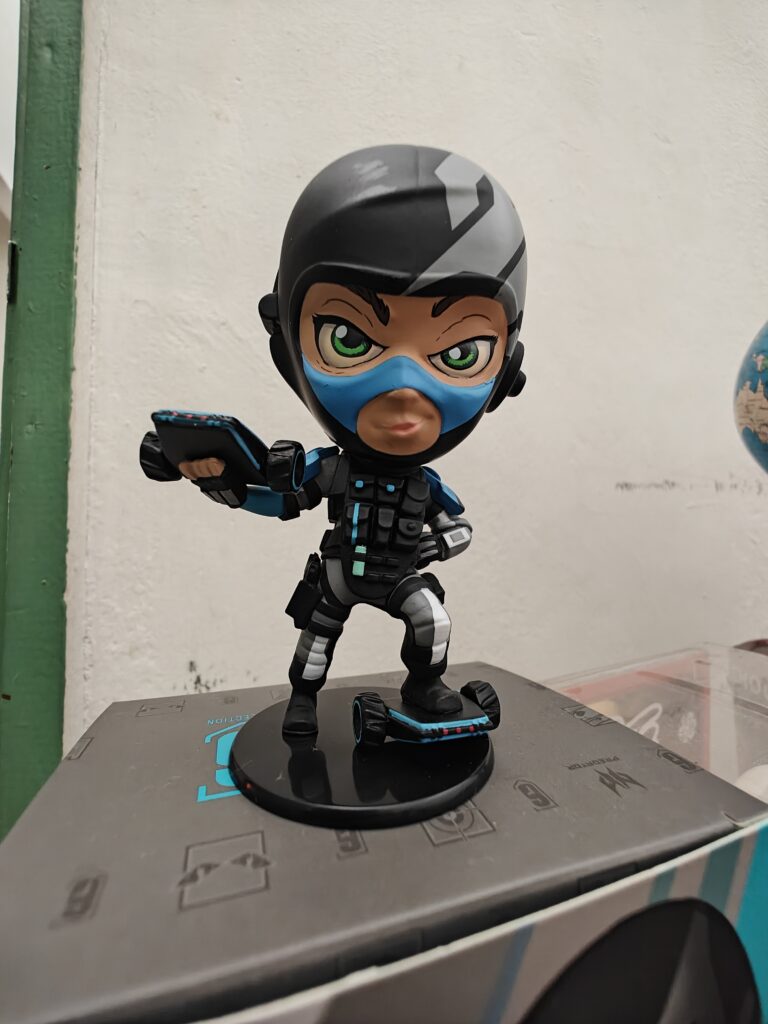
The 2x telephoto camera wasn’t as capable as the main camera, some details were lost, but it still took some nice shots.
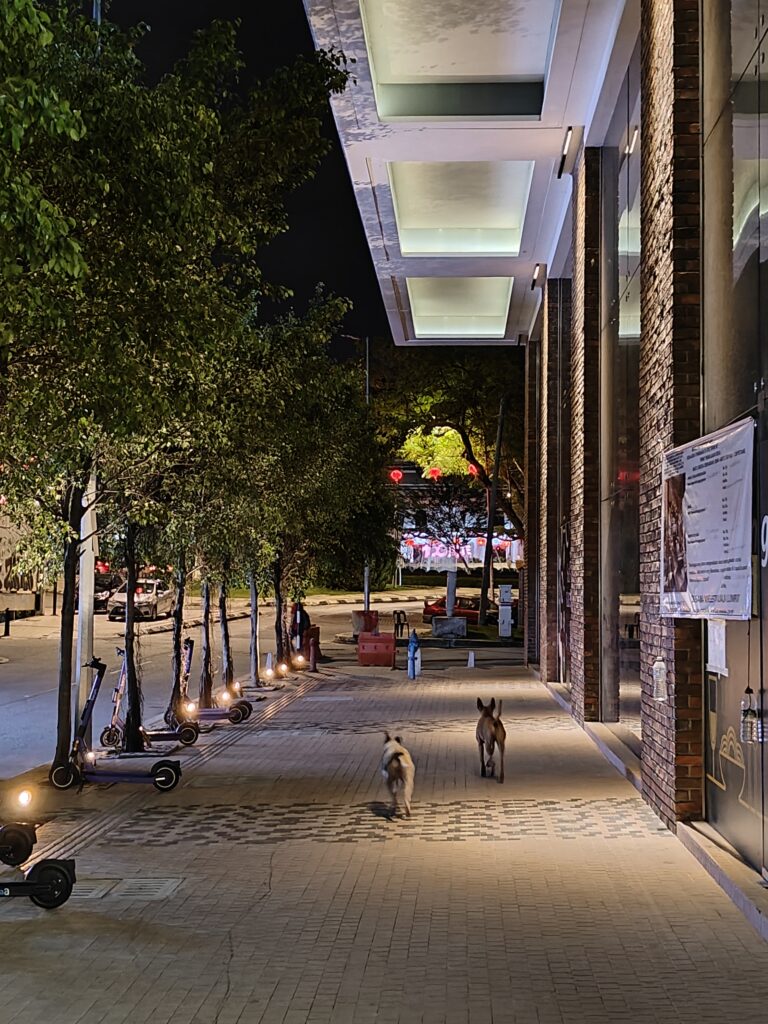

The ultrawide captured some pleasant-looking photos as well, with good exposure, sharpness and vivid but not overly colours.
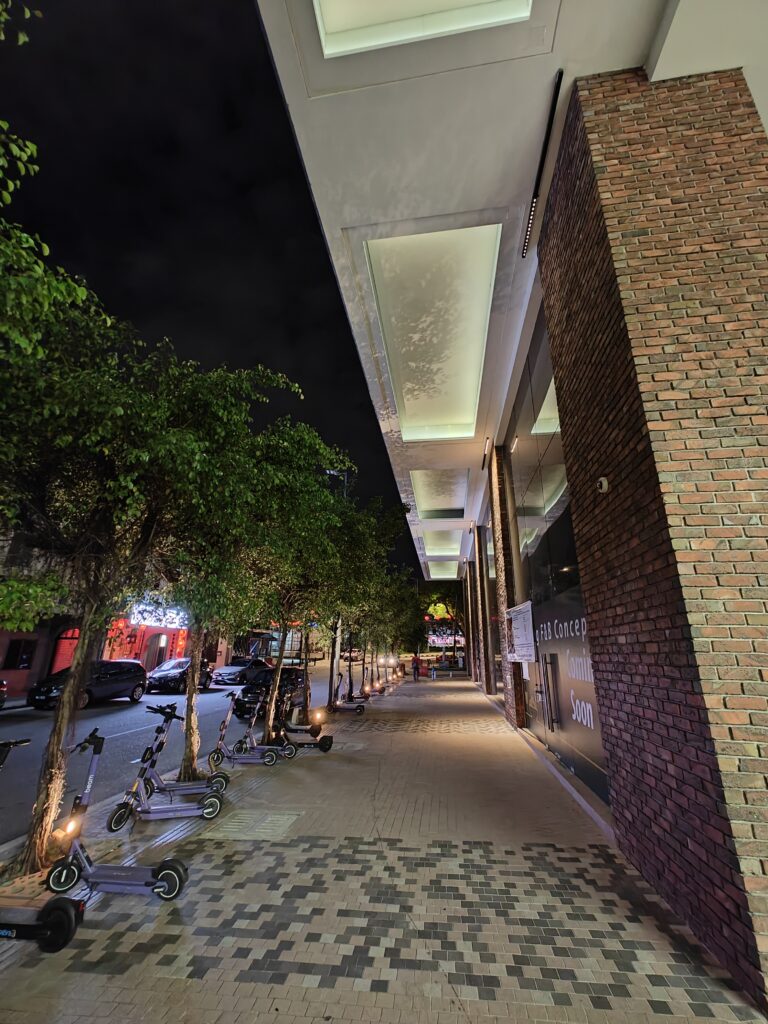
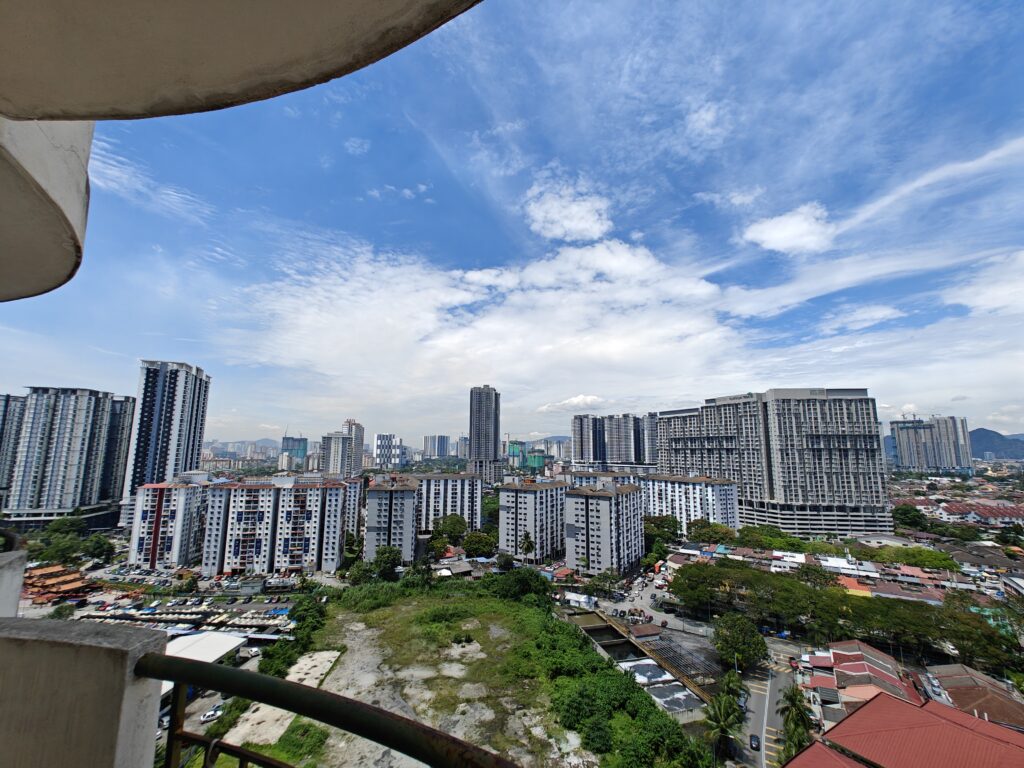
The front camera can take some good selfies too. Details are there, dynamic range and exposure is nice. Definitely more than good enough for social media postings.
The main camera supports up to 8K 24fps, the ultrawide camera supports 4K 30fps, and the telephoto only 1080P 30fps.
The main camera and ultrawide capable of taking really nice videos, but not so for the telephoto because it’s limited by the 1080P resolution. Videos taken by the cameras have solid stabilisation and smooth lens switching.
Is it Worth The Price?
OnePlus 11 is certainly a step in the right direction. If only OnePlus can remain on this track, includes wireless charging and better display in the future, it will be a strong contender in the premium and powerful smartphone category.
At RM3,599 for 16GB RAM and 256GB storage, it’s much cheaper than the recently launched Samsung Galaxy S23 at RM3,899 for 8GB+128GB and priced competitively against the iQOO 11 which was launched last year December for RM3,499 and it also has 16GB+256GB.
If you feel RM3,599 is too expensive for you, you can opt for the entry OnePlus 11 model that comes with 8GB+128GB for RM3,299 but the 128GB storage is using older UFS 3.1.
This is a solid phone, with great specs, premium build quality, a capable camera setup, good battery life, incredibly fast charging, good stereo speakers, fantastic display and can play every game you throw at it.
The only downsides I can think of is the lack of wireless charging, still using older E4 display panel, only IP64-rated, and some minor software bug. For what you are getting, the OnePlus 11 is absolutely worth your consideration.





